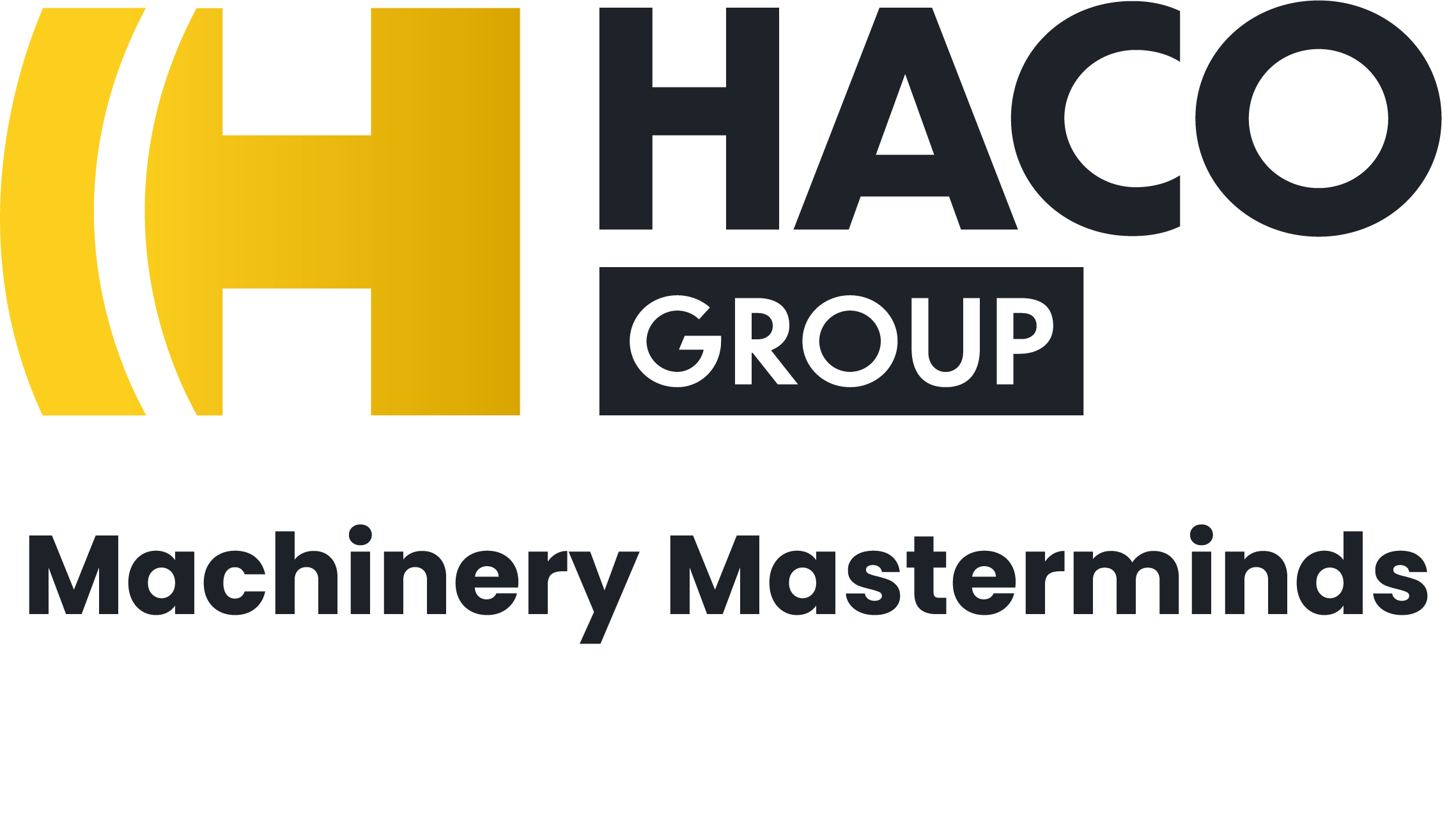Press brakes are not usually the first machines that come to mind when people talk about sustainability. Yet the shop floor is exactly where real environmental gains are made. And when a single machine can cut your energy use, shrink your CO₂ footprint, and speed up your workflow, things suddenly get interesting. That is the promise behind today’s smart, energy-efficient press brakes.

1 ton of CO₂ saved every year
Conventional hydraulic press brakes consume around 20,000 kWh per year, driven by pumps that run continuously, even when the machine is idle.
New-generation press brakes such as the HACO OptiForm operate with start-stop technology and a power demand of only 7 to 9 kW. As a result, annual consumption drops to about 16,000 kWh. The 4,000 kWh saved translates into roughly 1,000 kg of avoided CO₂ emissions every year. Over a typical fifteen-year lifespan, that adds up to more than 15 tons per machine. With sustainability targets tightening, every modern press brake has a measurable impact.
Cooler systems, smoother operations
Lower energy demand reduces internal heat, which immediately benefits the hydraulic system. Because the pump only runs when needed, the oil stays cleaner for longer, cooling components work less intensively, and unplanned stops due to overheating become rare events.
The OptiForm is engineered with a lower oil volume in a closed circuit, which minimizes leakage risks and extends component life, giving maintenance teams more time to focus on preventive work instead of constant troubleshooting.

Less scrap, more consistency
Smarter technology directly influences material efficiency. With high-precision Y-axis control, advanced backgauge systems, 2D offline programming, and minimal test bends, the OptiForm keeps scrap rates remarkably low. Shops dealing with single parts, small batches or custom work experience this most clearly. Older machines often need several trial bends; the OptiForm aims for first-time-right results.
Ready for the future
Choosing an eco-efficient press brake is not about following a trend. It is a strategic decision that supports your sustainability ambitions and aligns with global sustainability objectives. The OptiForm is built for businesses that want to combine performance with responsibility.


